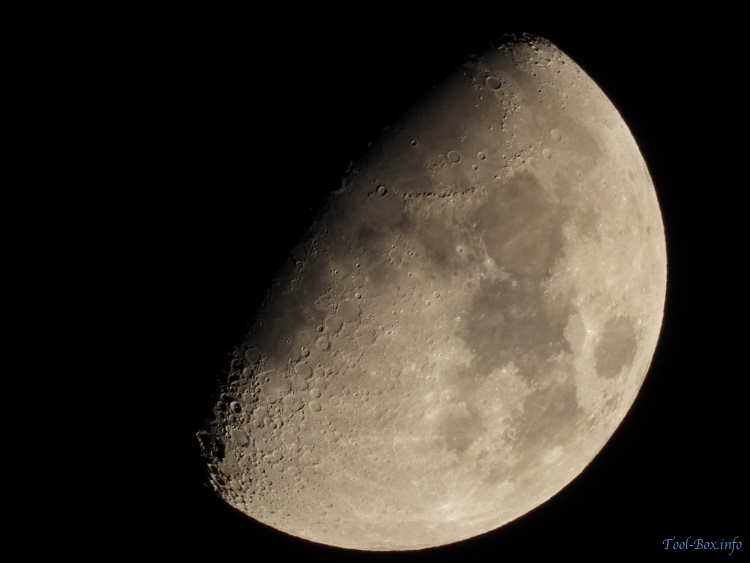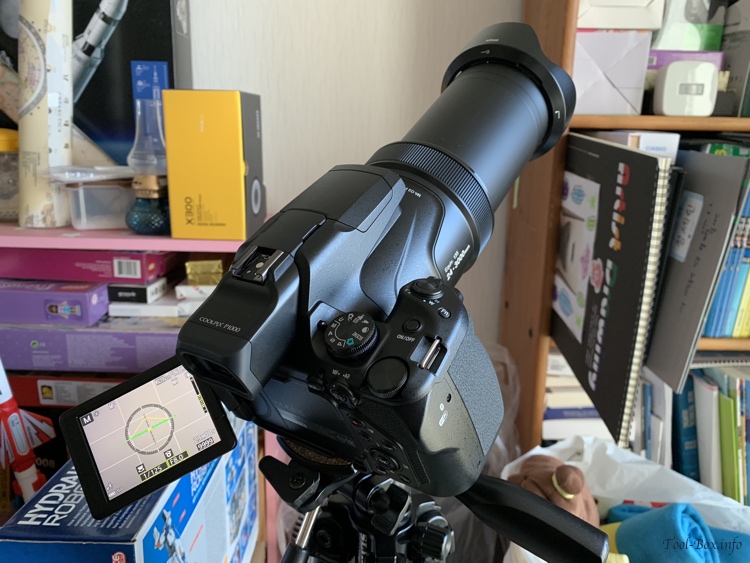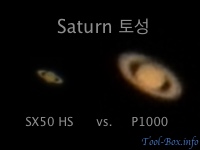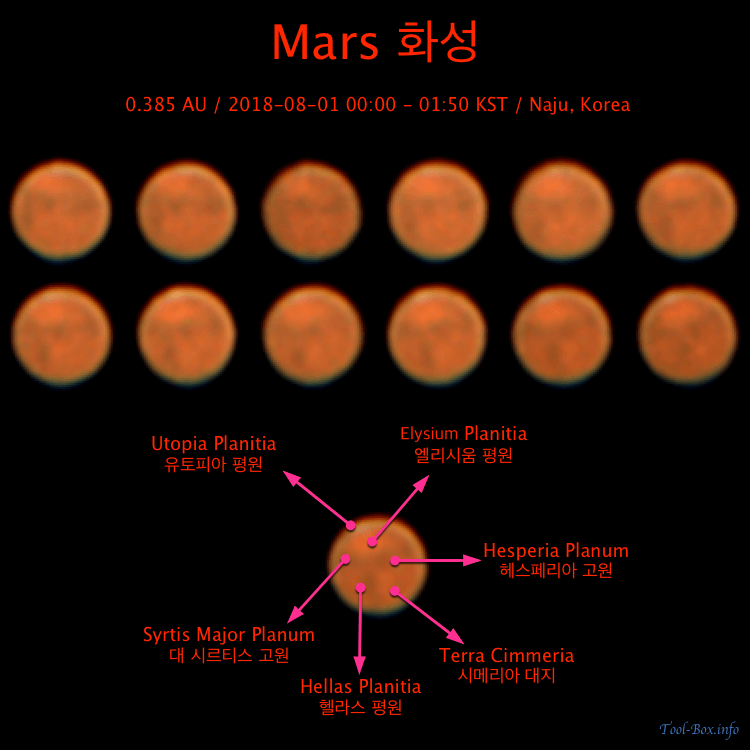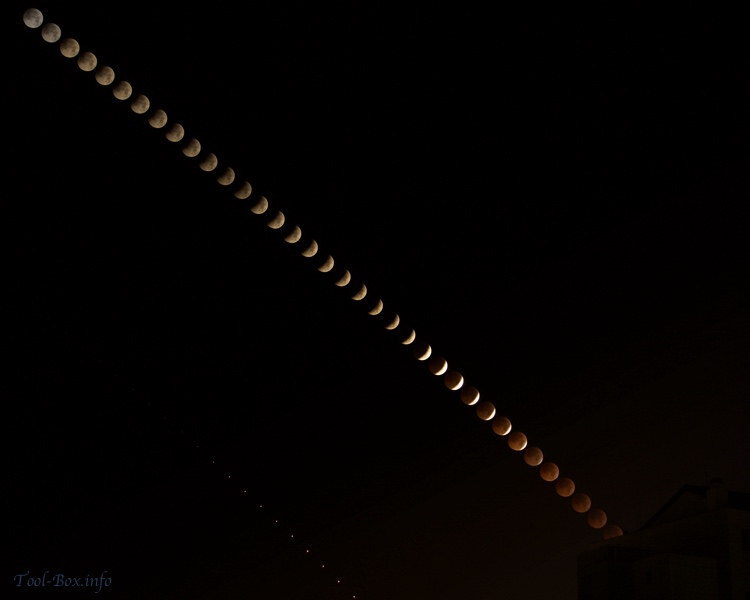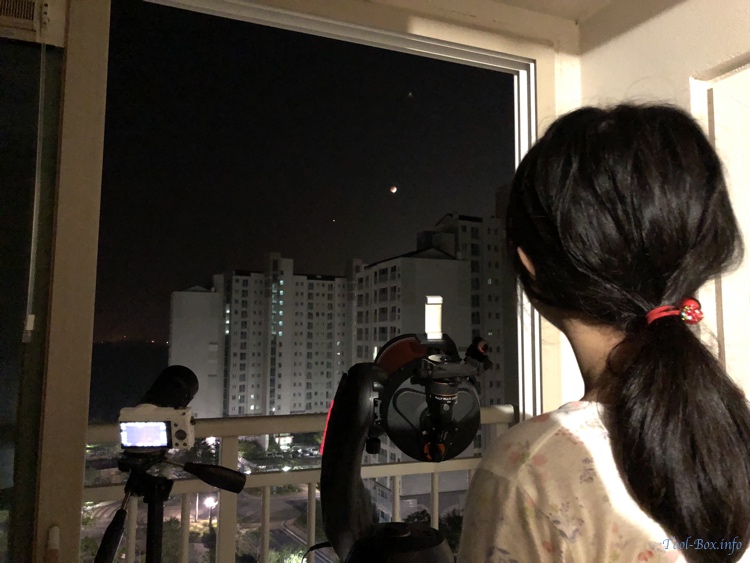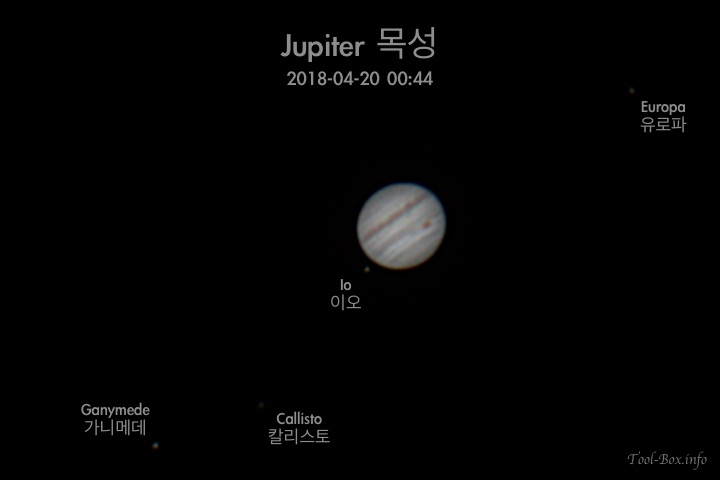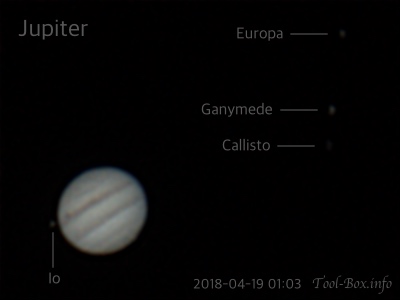The Nikon P1000 Moon shot
Posted by Wesley onDue to the extreme optical zoom, Nikon P1000 actually has a dedicated "Moon Mode" in the scene selection wheel to let you photograph the Moon. However, I wanted to get used to the manual operation of the camera and so I took some photos of the Moon under manual mode. This one looked to be the best one so far, with tiny craters easily visible.
The Moon is currently 1,775 arc seconds wide, while it was 3,462 pixels wide on the photo. This is just a hair wider than the height of a photo that P1000 takes (3,456 pixels). This translates to 0.513 arc seconds per pixel resolution for the camera at maximum zoom.
Device: Nikon P1000
Settings: 3000mm - ISO 200 - 1/100s - f/8
Filters: None
Time: 2018-10-18 21:01 KST
Location: Naju, Korea
